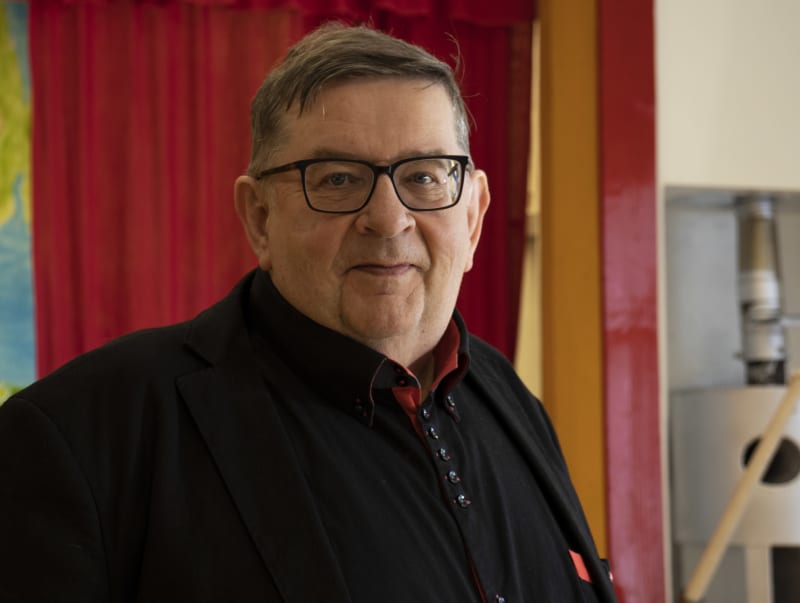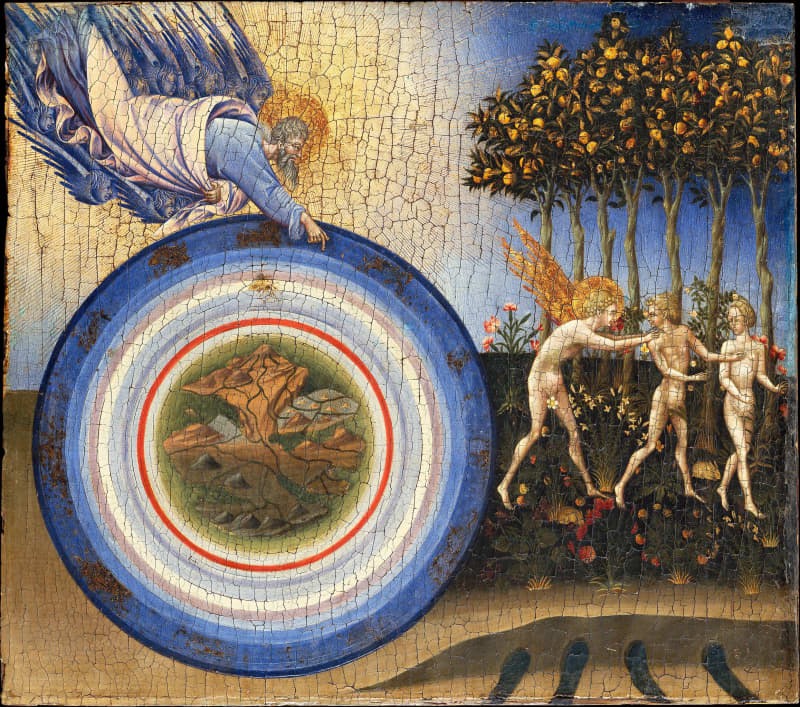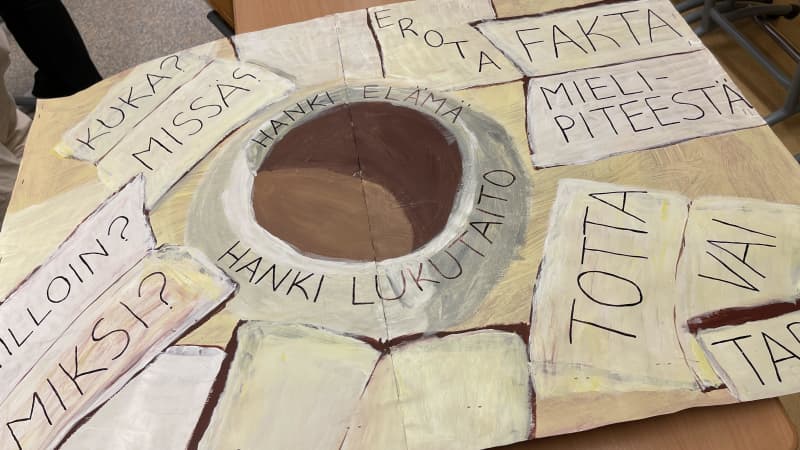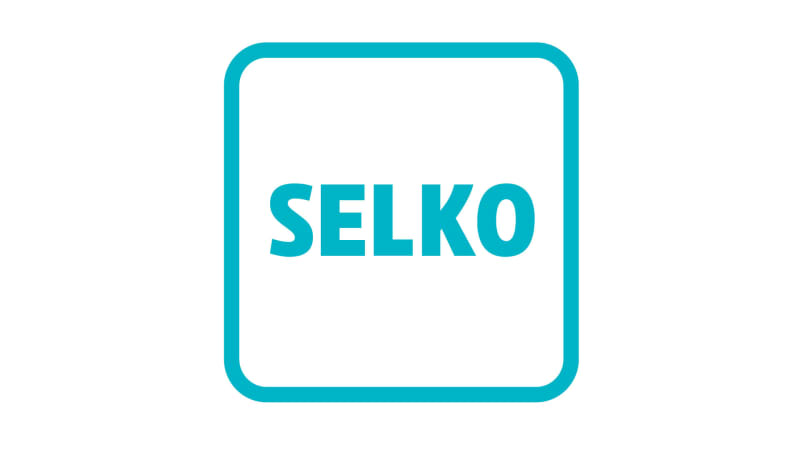
As many people in Finland need plain language as there are people in Helsinki. When plain text is too difficult, plain language helps.
The official language is difficult for any of us, but what if reading a newspaper, a novel or a non-fiction book is not? What if the language of the news seems foreign?
The written text is difficult for many people to understand.
A child is learning to read, a person with memory loss is still trying to learn what they used to know. A variety of linguistic difficulties hamper comprehension. Dyslexia, dementia, concentration problems or developmental disabilities can make language difficult to understand.
A thick book and difficult words are difficult for anyone who only knows a little Finnish.
The answer is plain language. It is a form of language in which content, vocabulary and structure are easier than common language or clear common language. Plain language is aimed at everyone who finds it difficult to read or understand common language.
According to the current estimate, around 650,000–750,000 people in Finland need plain language. That is approximately the same number as there are residents in Helsinki. The population is getting older and more and more people are moving to the country. Therefore, an increasing number of people need plain language.
Data from the world of schools show that young people’s reading skills are getting worse all the time. That’s why plain language is also a matter for young people. There are many books for young people in plain language. The program of the new government states that the reading skills of children and young people will be strengthened.
The government also takes a position on plain language. The board program states that the board pays attention to the plain language of the services.
Selkokeskus evaluates the need for plain language every five years. Selkokeskus is an expert center that promotes the use of plain language and develops plain language.

The non-fiction book is literature
In Finland, you can read a wide variety of literature in plain language. The Helsinki libraries’ website helmet.fi explains this in more detail:
*\”20–30 reference books are published a year.*
*Some of the paperback books are written directly in plain Finnish.*
*Part has been adapted from common language to plain language.*
*When the book is adapted, i.e. translated into plain language,*
*the word choices may change, but the mood of the text remains the same.*
*For example, old-fashioned words are not used.*
*A plain language book looks different from a general language book.*
*In a clear book, the lines are shorter, and one line has only one thought.\”*
The text above is also an example of what plain language looks like. The view is very similar to the text of a printed newspaper with columns.
Dogs, Pertti Rajala and Kalevala
All kinds of literature are also possible in plain language. Novels, short stories, poems, non-fiction books, magazine texts and news language tend to be plain Finnish. Children’s books in plain language are particularly popular.
Rajala has written about a hundred works in plain language. They deal especially with history. Some of the books Rajala has written directly in plain language, some he has adapted from the original text.
Surely not Finland’s national epic Kalevala? Elias Lönnrot compiled the Kalevala in the 19th century from folk poetry. The epic is for many the horror of school days, for many an eternal source of inspiration. It is also a treasure trove of stories. Each generation makes its own interpretation or even a theatrical version of it.
The Kalevala is such an important work for Finns that Pertti Rajalaka didn’t just adapt it like that. The clear version needed time, coincidences – and dogs:
Pertti Rajala says that in the end the Selko-Kalevala has made many readers grab the original Kalevala. This often happens with other books as well. A clear book is a gateway to language and through that to any kind of literature.
Sacred texts in plain language

Another literary source is the Bible. How can you adapt a text that is sacred to many? There are already many translations of the Bible, and they have always been disputed.
Pertti Rajala used to adapt gospels, stories about Jesus, then the Old Testament from the Bible. In the end, he accepted the daunting challenge, and that’s how Selkoramattu was born.
*The Plain Bible begins like this:*
*In the beginning of time, long ago*
*there was nothing.*
*Everywhere was empty,*
*everywhere was dark.*
*Yet God did exist.*
*God started creating the world.*
*First God removed the darkness and*
*created light.*
*God appointed light as day.*
*He named the darkness night.*
*Evening came and morning came,*
*this is how the first day went.*
*(Adapted by Pertti Rajala)*
Pertti Rajala says that the Selkoramattu ultimately did not arouse spiritual disputes.
Using language to achieve human rights

Information is a human right. Reading is a human right. The UN Universal Declaration of Human Rights states that everyone has the right to receive and impart information through all media.
The declaration also says that everyone has the right to freely participate in the civilized life of society.
Pertti Rajala also emphasizes this. He did not adapt the Bible just for spiritual purposes, nor did he adapt dozens of other books just for the sake of language.
It is surprising that the Bible has not been the most difficult text in Rajala’s adaptation career. He says that the most difficult challenge was the future report of Jyrki Katainen’s government (2011–2014). The Chancellery of the Government ordered an adaptation of it from Rajala. It sparked political controversy in the multi-party government, and Rajala also received public criticism.
Rajala says that the adaptation of the future report was nevertheless a big step forward: the state administration has also seen the importance of plain language.
In Finland, a new plain language action program has been announced this week. One goal is to get clear language into the law. Then it can oblige all authorities to use accessible language.
Tartu in plain language

If you’ve never read a text in plain language before, now you did – perhaps without realizing it.
The language of this article is very similar to that of Selkokirk or Selkosanomi. This type of language is also used by Yle in Selkouutinis.
If you look at the text more closely, you can notice the basic principles. The words are everyday, common and as short as possible. Words are inflected only a little in locative forms. Difficult locative forms have been avoided. No possessive suffix is \u200b\u200bused in the text, and the sentences are as short as possible. There are no phrase equivalents at all. There is more repetition than in common language. Only wrapping the text like plain language is missing.
Selkokieli is not the most correct form of Finnish, and Yle’s plain news is sometimes criticized for it. The most important function of plain text is always to help the reader and listener. Then some rules of common language are deliberately broken. So it’s not worth getting offended when, for example, in the weather forecast of clear news, the word \”dash\” is said between the numbers. Numerals in locative forms are difficult – and the weather in Finland is a sacred thing.
Finally, the reader can think about whether the word reason is easy or difficult. Welcome to the position of copywriter! Plain language is easy to read but often difficult to write.
Happy International Clear Language Day! Clear Language Day is also celebrated every May.
News in plain English
Ylekin makes content in plain language. Yle broadcasts TV news in plain language on TV1 every weekday at 4:35 p.m.
Radio news in plain language is heard every day on Radio Finland at 21:12. The entire offer can be found at the following address:
Other news and current affairs in plain Finnish and plain Swedish:
*What thoughts arose? You can discuss the topic on 14.10. until 11 p.m.*
